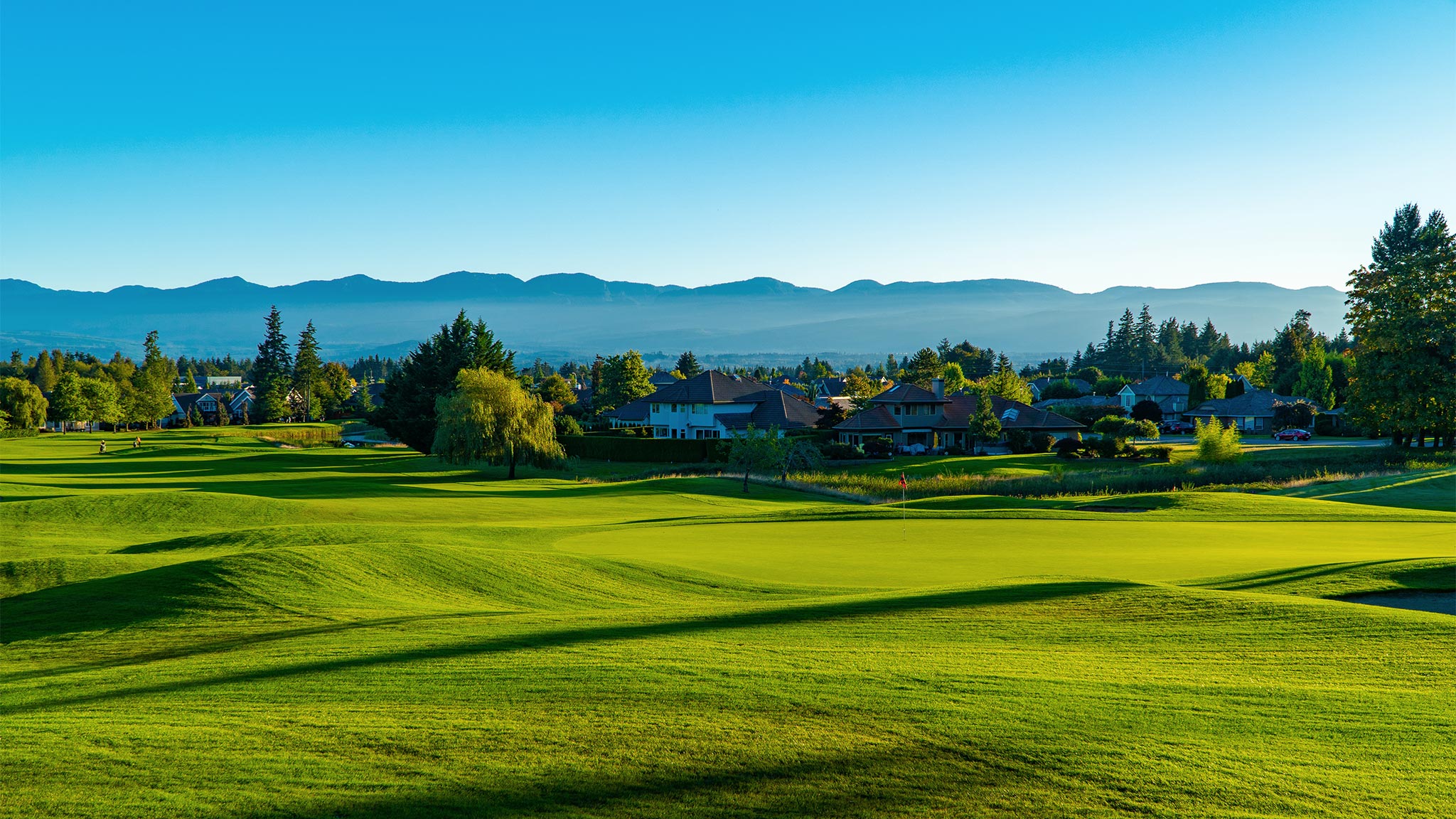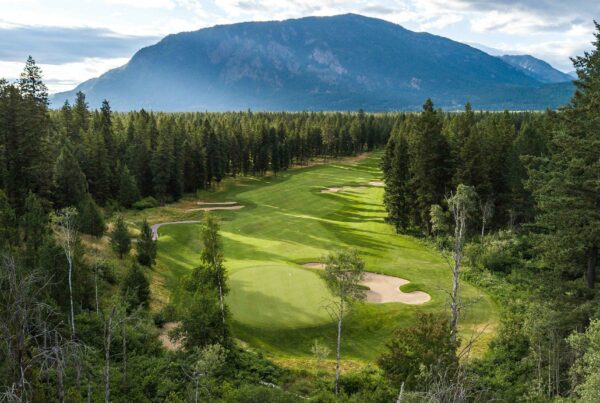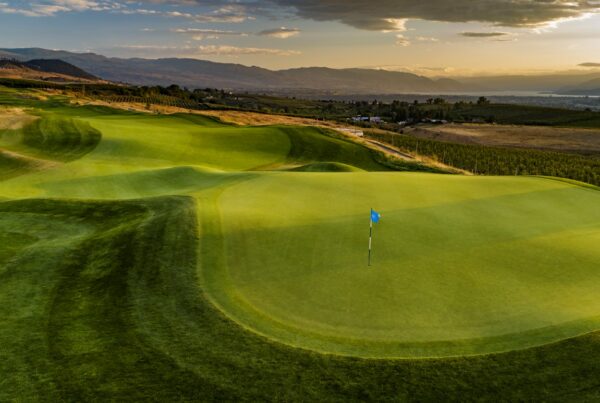As published on wcta-online.com
WorksafeBC’s Board Approved 2020 Amendments to OH&S Regulation
At its April 2021 meeting, WorkSafeBC’s Board of Directors approved the 2020 amendments to the Occupational Health and Safety Regulation. The approved amendments are as follows:
• Part 6, Restricted intervals for pesticide application
• Part 8, High visibility apparel
• Part 8, Safety headgear
• Part 16, Mobile equipment
These amendments will come into effect on September 1, 2021. Please click here for a summary of stakeholder comments received during the public hearing.
Please click here to view the Resolution.
Policy, Regulation and Research Division
WorkSafeBC
________________________________________
All amendments will have an impact on the turf management industry, some more than others. Here’s the breakdown keeping in mind all operators need to review the regulation(s) and consult with your regional WorksafeBC Officer for interpretation and implementation:
Part 6, REI’s for Pesticide Application
- A new subsection is added requiring the name or type of pesticide to be used in the information that must be provided to the worker.
- Assistant applicators are exempt from the qualification requirements set out in section 6.77(1) providing they are acting in accordance with the Integrated Pest Management Regulation (IPMR).
- The regulation focusses on following REI’s on the pesticide label. When no REI is stated on the pesticide label, the default REIs apply depending on the toxicity classification of the pesticide:
- 24 hours if the pesticide is classified as slightly toxic, or
- 48 hours if the pesticide is classified as moderately or very toxic, or is part of a mixture in which a moderately or very toxic pesticide is present.
Part 8, Personal Protective Clothing and Equipment
Section 3 now requires that workers exposed to vehicles or mobile equipment travelling at 30km/h or less, must wear high visibility apparel the meets Class 1, Class 2 or Class 3, CSA standard Z96-15.
Part 8, Safety headgear
Subparagraph (iii) was amended to clarify employers must require a worker to wear safety headgear if it is not practicable to eliminate the risk of head injury, or engineering and/or administrative controls are not adequate to minimize the risk of head injury to the lowest level practicable.
Part 16, Mobile equipment
The heavily amended mobile equipment regulation, is 50 pages long, affecting all industries that use practically any form of vehicle, trailer or mobile equipment including any attachments. The following are highights/excerpts from the regulation for turf managers but as we already stated, all operators need to review the regulation and consult with your regional WorksafeBC Officer for interpretation and execution:
- As of September 1, 2021, ROPS is the default requirement for the vast majority of mobile equipment. The 700kg threshold for requiring ROPS is eliminated in order to extend ROPS to smaller machines subject to the same rollover hazards as their larger cousins.
- Rollover, in respect of mobile equipment, means a roll about the longitudinal axis of more than 90°, or a rear or frontal pitchover about the transverse axis of more than 90°, whether or not the roof or topside comes into contact with the travel surface;
- Rollover Hazard Area, with respect to mobile equipment, means an area that is comprised of
- grades or slopes that exceed:
- the manufacturer’s maximum slope operating stability limit for the mobile equipment, or
- 10%, of the manufacturer has not set a maximum slope operating stability limit for the mobile equipment, or
- open edges, open ramps, loading docks, ditches, drop-offs, holes, soft spots or mounds, or other terrain hazards, that may cause a rollover;
- grades or slopes that exceed:
- Rollover Protective Structure” or “ROPS” means a rollover protective structure that is affixed to mobile equipment and designed to protect an on-board operator in the event of a rollover of the mobile equipment;
- Mobile Equipment: means a prime mover, or a prime mover with a towed component, which towed component moves relative to the ground, or has a rider, for its work function.
- Prime Mover: means a self-propelled ground machine, with wheels or endless tracks, that is designed or used for work, including any attachment, but does not include an excluded ground machine (see regs for list of exclusions);
- includes golf/beverage carts, turf trucksters, or light versions of heavy Mobile Equipment with the same hazards;
- “Utility Terrain Vehicle” or “UTV”: means a motorized vehicle designed to travel on 4 or more low pressure tires with or without endless tracks added, with one or more seats not designed to be straddled and a steering wheel or steering stick, but does not include a golf cart or other low-speed vehicle.
- NOTE: this clarifies that a golf cart is not considered a UTV and therefore, UTV rules don’t apply.
- “All-Terrain Vehicle” or “ATV” means a motorized vehicle, designed to travel on 4 or more low pressure tires with or without endless tracks added, with a seat designed to be straddled by the operator and handlebars for steering, but does not include an all-terrain cycle or a utility terrain vehicle;
- Mobile equipment must be used with a ROPS unless the mobile equipment is:
- a snowmobile, ATV or any other mobile equipment designed for a standing operator or with a straddle seat, or
- a golf cart, or
- a qualified person has completed a rollover risk assessment respecting the mobile equipment and determined there is no, or only a minimal, risk of rollover.
- A risk assessment extends the possibility to escape the ROPS requirement for all mobile equipment. In many situations, a ROPS may be unnecessary as rollover risk is absent or low e.g. some off-highway ME in possibly safe conditions such as a zamboni on the floor of a level arena, or an asphalt reclaimer, cold planer, asphalt/concrete paver, power trowel, sodcutter or ride-on sweeper on flat ground.
- This risk assessment must be in writing for ride-on turf care equipment heavier than 400 kg (882 lbs) manufactured after September 1, 2021.
- A ROPS installed on mobile equipment must meet the requirements of the CSA Standard B352.0-16 except:
- A ROPS installed on powered ride-on turf care equipment heavier than 400 kg (882 lbs) must meet the requirements of ISO 21299:2009.
- Seatbelts: A ROPS-equipped prime mover must have, at minimum, 2-point lap belts that meet the requirements of one of the standards listed in the regulation or the earlier version of the standard that applied on the date of manufacture of the prime mover.
- After the Dec 10, 2020 Public Hearing, the formerly proposed requirement for all ROPS-equipped prime movers to have 3-point seatbelts within 3 years of the in-force date was removed.
- Mirrors: Except as provided in this section, mobile equipment must have at least one mirror that provides an operator of the mobile equipment with an undistorted reflected view to the rear
- A mirror described in subsection (1) is not required if the conditions of use or mobile equipment structure makes the use of mirrors impractical.
- Lights: Mobile equipment must have lights and the lights must be used to adequately illuminate the mobile equipment’s direction of travel, the working area within close proximity and the cab instruments, if the mobile equipment is used
- during the period from 1/2 hour after sunset to 1/2 hour before sunrise and work area lighting is inadequate, or
- when persons or vehicles are not clearly discernible at a distance of 150 m (492 ft).
CLICK HERE for a printable version of this article






